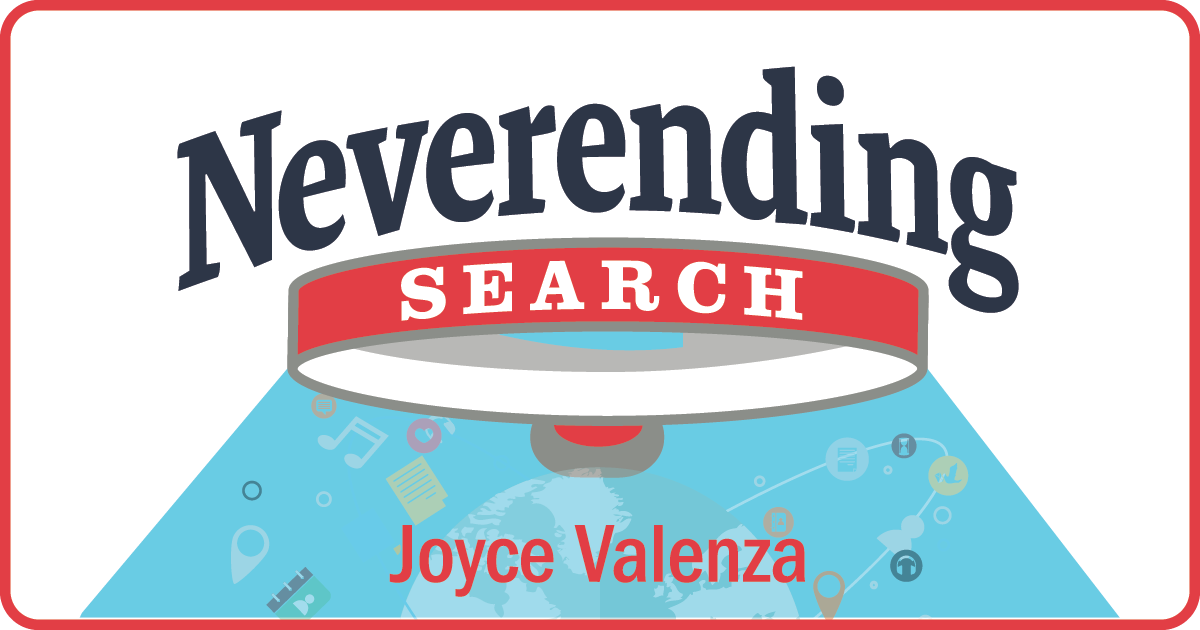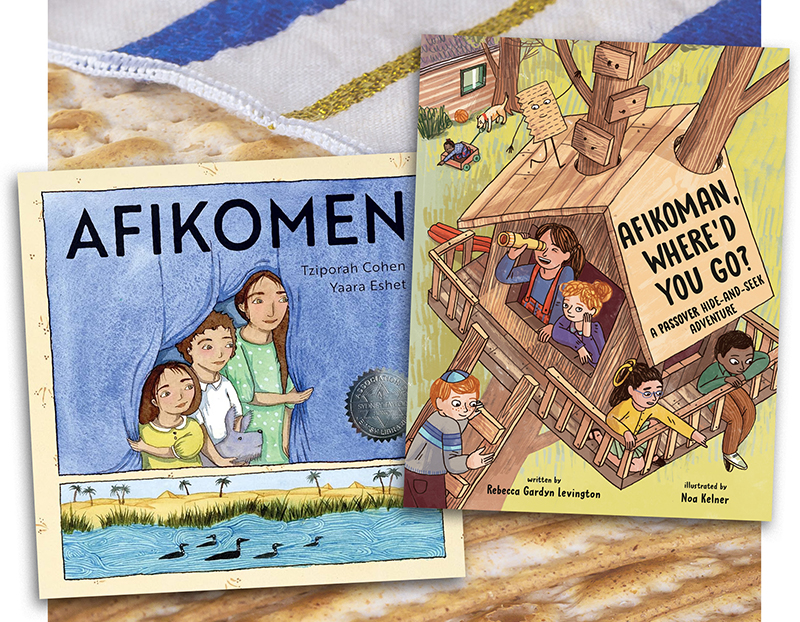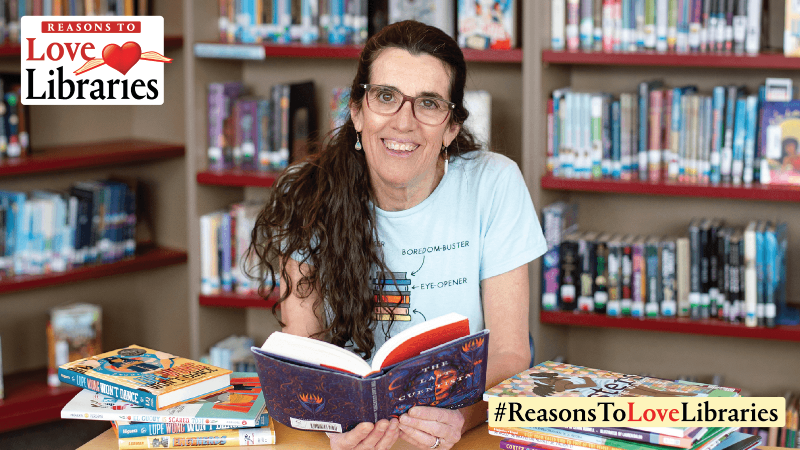SCROLL DOWN TO READ THE POST
Dear ISTE (reprised)
 This past week in Philadelphia I participated in a meeting that launched the year-long process of refreshing ISTE’s Standards for Students. The organization acknowledges the accelerated pace of change and is entering the process of seeing what works, what is still relevant, what is obsolete, what is still missing since the last refresh in 2007.
This past week in Philadelphia I participated in a meeting that launched the year-long process of refreshing ISTE’s Standards for Students. The organization acknowledges the accelerated pace of change and is entering the process of seeing what works, what is still relevant, what is obsolete, what is still missing since the last refresh in 2007.
At the event, Carolyn Sykora, Senior Director of the ISTE Standards Program, shared that the 1998 standards described a landscape in which we were learning to use technology. The 2007 standards described a landscape in which we were using technology to learn. The refresh acknowledges the evolutionary change we’ve seen since 2007–changes we spend two hours capturing in our table conversations.
ADVERTISEMENT
ADVERTISEMENT
At my large table I wondered aloud about why ISTE had no set of standards for teacher librarians. The award-winning classroom teachers at my table wondered too. They noted that their best tech-infused instruction is designed and implemented in partnership with their librarian colleagues. Wendy Drexler, ISTE’s Chief Innovation Officer, who was also at our table, shared that it has been a topic of Board discussion.
The whole conversation brought me back a blog post I wrote following ISTE’s 2011 conference in Philadelphia.
But it wasn’t only that conversation that got me thinking. It was also the growth and the undeniably active presence (see my summary) of the ISTE Librarians Network.
The purpose of the Librarians Network is to promote librarians as leaders and champions of educational technology and digital literacy. The key mission is to provide a professional learning community where librarians can leverage technology knowledge and expertise to improve school library programs, increase access to information, and foster strong teaching and learning environments in a connected world.
The Network’s impact can further be seen on a variety of platforms:
- Librarians Network on LinkedIn
- @ISTELIB on Twitter
- Librarians Network on Facebook
- Librarians Network Website
- 2014/15 Webinars
And then there was the recent release of the 2015 Horizon Report K-12 Edition. In Trends Aside, Libraries Support Student Content Creation Now, SLJ‘s Matt Collette described the ways in which librarians have long been addressing the Report’s identified challenges.
Back in 2011, in the face of the release of a number of standards documents describing the role of school professionals engaged with integrating technology into learning programs, I argued for a set of standards for teacher librarians.
The comments attached to that post shared arguments relating to the existence of our own standards for learners as well as existing standards for preparation of librarians. And then there were arguments relating to the actual effectiveness of unenforceable standards.
I accepted those arguments, as well as other I heard in private conversations. But a few issues continued to bug me.
In the years since 2011, I’ve seen librarians emerge to assume roles of increasing leadership in so many areas. Most noticeably:
- We were the first to flip. (My library was open 24/7 since 1996.)
- We’ve managed ever-evolving traditional and digital collections.
- We’ve led learners through inquiry, research and writing processes that have grown increasingly digital.
- We’ve encouraged learners to share their new knowledge broadly and participate ethically and productively using digital tools.
- We’ve championed equitable access and unbanning critical resources. We’ve fought for limited filtering under the banner of intellectual freedom.
- We led schools in evolving understandings digital citizenship.
- We’ve clarified new rules for creation and remixing of intellectual property. We’ve introduced and become cheerleaders for Creative Commons resources, encouraging young creators to assign licenses to their own work.
- We’ve nurtured and grown flexible Learning Commons.
- We’ve nurtured and grown STEAM infused makerspaces.
- We’ve led 1:1 and BYOD roll-outs.
- We’ve led and participated on committees to design and revise school technology policies.
- We’ve curated quality content, apps, and digital instruction for entire school communities.
- We’ve encouraged informal learning beyond the testing culture, often through badges and gaming and by learning learners to personally relevant digital resources.
- We’ve been leading schools in rediscovering story in all of its glorious forms and introducing the power of digital storytelling, media creation and augmented reality.
- We’ve taken the lead in designing and implementing professional development around thoughtful use of technology
- We’ve presented new tools for organizing the information and communication worlds of those they serve.
- We’ve led our schools in expanded notions of literacies–digital
- We’ve leveraged social media to connect themselves and their learning communities, often globally.
- In most cases, and in so many ways, we are valued members of our schools’ tech teams.
Yes, we have our own standards.
But so do administrators.
So do classroom teachers. And they have lots of them.
Our own standards are read by our own people. In their exclusive pdf format, they have not been easily postable or reproducible. And they do not appear on the websites and in the documents of our stakeholders, those who might most benefit from a clearer description of our specific technology leadership roles in the larger school community. At a time when library positions are being eliminated from school districts, when only some children in our country have access to the rich library impacts I described above, perhaps we need a document that clearly articulates our specifically lists our roles in improving and enhancing learning in and beyond the walls of our facilities.
Back in 2011, with input from Sara Kelly Johns, I responded to a couple of the post’s comments:
How do we legitimize our roles in our schools’ learning cultures, if the only folks writing about us in terms of where we fit in the those ecosystem are our own professional organizations and our own practitioners? Some of our best and most brilliant have fallen, despite all their best efforts working with agency and autonomy. Next steps, my friend?
And, Heidi, when I read the new coaches’ standards, I kept thinking that many (certainly not all) of those coaching expectations are expectations that ought to be shared with librarians. Without duplicating ALA’s work, isn’t there a way for ISTE to officially acknowledge the role of the librarian in the culture? For me the absence of an ISTE document on librarians as school info and communication tech leaders, as the number of documents grow, is an issue.
Some of these arguments were eloquently expressed in an undated document shared by former SIGMS president, Lisa Perez.
Another side to this argument is that we need a document to both inspire us and keep us accountable for our contributions and continued growth. I’d like administrators to be better able to ask tough questions about the impact of our roles and I’d like them to be better able to screen candidates for their skills and interest in integrating technology into a school program. A librarian who has not retooled his/her information and communication technology skills is not a librarian.
See, SLJ’s survey infographic, Who’s the tech leader in your school?
What do you think?
******************************************************************************************
Here’s my post from July 20, 2011.
- Standards for Students: The skills and knowledge students need to learn effectively and live productively in a digital world.
- Standards for Teachers: The skills and knowledge educators need to change the way they teach, the way they work, and the way they learn in an increasingly connected global and digital society.
- Standards for Administrators: The skills and knowledge school administrators and leaders need to lead and sustain a culture that supports digital-age learning, builds a vision for technology infusion, and transforms the instructional landscape.
I love the idea that the refreshed NETS standards are designed to do just that type of double duty.
They will continue to serve teacher programs and pre-service candidates as ISTE/NCATE standards. And, they will serve as standards for education professionals. These standards and profiles can be used for:
- Self-assessment and personal professional growth plans
- Design of school- or district-wide professional development programs
- Role definition and job descriptions
- Individual and system accountability
- For recruitment and hiring
- Recognize the value of the TL as a partner on a school’s learning/technology team.
- Describe the connected roles and partnerships of the TL within a school’s tech-infused learning community.
- Create across-the-board accountability for TLs in the areas of current and emerging information and communication technologies, as well as their roles in digital curation; promoting intellectual freedom; and in creating transliterate, creative, digital citizens.
- Ensure that graduate schools of library science prepare pre-service candidates to work effectively in the school libraries they will encounter or should create.
- Add emphasis to, reinterpret, and more broadly disseminate the roles described in AASL’s Standards for the 21st Century Learner and in Empowering Learners to the school audience beyond the world of library.
- Guide administrators in the hiring of TLs who are prepared to ensure that learners become fully engaged, transliterate citizens.
I’d love to be on the committee.
Elisabeth LeBris wrote:
Could not agree more! I want to be on that committee too! NETS-TL is the logical next step for NETS/AASL standards. A real merger that would reflect the actual world we teach in partnering with our tech. teacher siblings.
Gwyneth Jones wrote;
LOVE this, Joyce! It makes such perfect sense! Thank you for leading us into the future!
Gary Stager wrote:
Marie Slim wrote:
How can they refuse?!
Heidi Ellis, ISTE Membership Program Manager, wrote:
I just talked with some of the NETS gurus in the office and here’s the net-net (pun intended):
The American Library Association (ALA) produces standards for library media specialists that serve to accredit college of ed programs:
These can be adapted to fit the library media professional, too. I’m not sure if ISTE would want to create a new set of standards that duplicates those of ALA. Typically, we have tried to avoid any turf wars.
But we are always looking for ways to fulfill our members’ needs, so it may be some to consider in the future.
Let me know if you have further questions or feedback for ISTE staff. Thanks!
I responded (with input from Sara Kelly Johns, if memory serves):
Ah Gary, I agree with you! Your writing about standards rings with truth. Maybe we don’t need another set of NETS.
But even with your clarifying vision, I don’t think we “win.” Help me, please. How do we legitimize our roles in our schools’ learning cultures, if the only folks writing about us in terms of where we fit in the those ecosystem are our own professional organizations and our own practitioners? Some of our best and most brilliant have fallen, despite all their best efforts working with agency and autonomy. Next steps, my friend?
And, Heidi, when I read the new coach standards, I kept thinking that many (certainly not all) of those coaching expectations are expectations that ought to be shared with librarians. Without duplicating ALA’s work, isn’t there a way for ISTE to officially acknowledge the role of the librarian in the culture? For me the absence of an ISTE document on librarians as school info and communication tech leaders, as the number of documents grow, is an issue.
In a perfect world, we wouldn’t need standards to identify baseline expectations for quality teaching in the 21st Century. But the reality is that schools across the country are very different, often imperfect, and many of us in the trenches rely on these standards to help us understand and communicate exactly what it is we are or should be doing. As a leader for my school and my district in information technology delivery and design, I count on the standards to inform my own practice and to explain my actions and my aspirations to my administrators, staff and school community.
ALA/AASL didn’t help the issue by locking down our teaching standards when they were first published, but the fact that they exist doesn’t relieve ISTE of the responsibility of recognizing the role a teacher librarian plays in the ed tech landscape. We are discussing “National Educational Technology Standards” after all. While I believe that my role is represented somewhere between the NETS-T and NETS-Coaches standards, it would be nice to know that Teacher Librarian’s are on ISTE’s radar screen at all. Creating and publishing these three additional sets of standards without addressing school librarians smacks of disregard.
Filed under: NETTS, standards, teachers, technology
About Joyce Valenza
Joyce is an Assistant Professor of Teaching at Rutgers University School of Information and Communication, a technology writer, speaker, blogger and learner. Follow her on Twitter: @joycevalenza
ADVERTISEMENT
SLJ Blog Network
One Star Review, Guess Who? (#202)
This Q&A is Going Exactly As Planned: A Talk with Tao Nyeu About Her Latest Book
More Geronimo Stilton Graphic Novels Coming from Papercutz | News
Environmental Mystery for Middle Grade Readers, a guest post by Rae Chalmers
The Classroom Bookshelf is Moving
ADVERTISEMENT
ADVERTISEMENT







